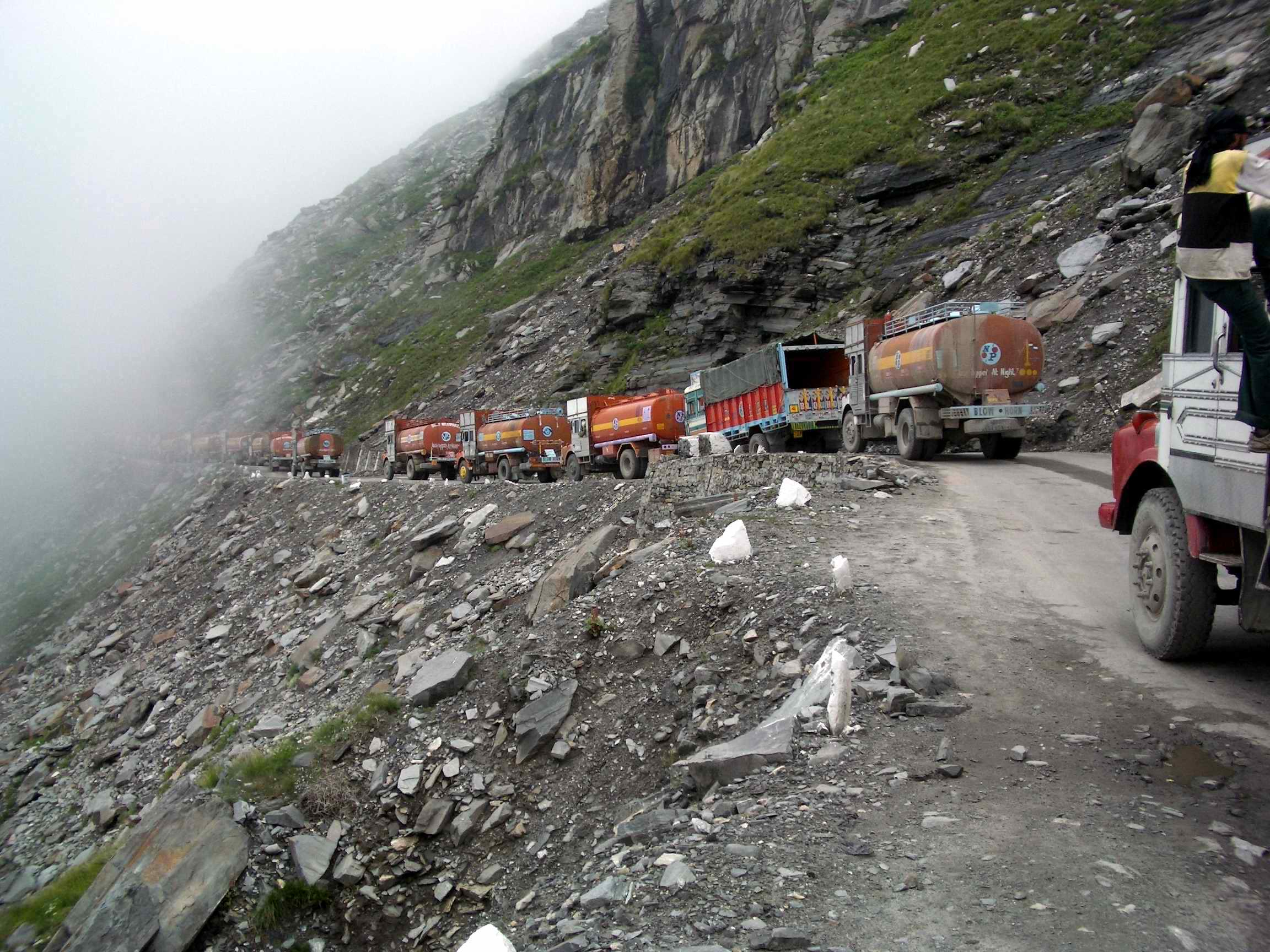A new survey showed that 39 percent of Indian premier highways are considered unsafe for drivers, which brings us to the question: how dangerous are Indian roads?
A study conducted by several global bodies along with the National Highways Authority of India found that almost two-fifth of the Delhi-Mumbai national highway was unsafe for car users and even more dangerous for pedestrians and two-wheelers. Only a 40-km stretch of the highway was considered world-class and got a five-star rating; although just about more than half the stretch was considered reasonably safe. This newspaper has constantly raised the issue of India’s unsafe roads. With just over 150,000 known fatalities annually at last count, India’s roads are more dangerous than any active war zone in the Levant. And it has become contingent on automobile and two-wheeler manufacturers to install safety devices on their cars from 2019 onwards. This is why most vehicles that are being launched now feature safety devices such as anti-lock brakes and front driver and passenger airbags in cars. Some manufacturers are going further and installing additional airbags on all variants and more advanced software controlled ‘Electronic Stability Programs’ that help in car control under braking and in poor road conditions. Other safety features include an unwarranted speed warning which chimes constantly at 120 km per hour. But that all comes to nought if the culture of safety is not inculcated in Indian road users. The recent death of a politician near Hyderabad because he was apparently not wearing his seatbelt, the most basic of safety features, highlights this.
Additionally, putting the same onus on manufacturers as the Government doesn’t absolve them from building safer roads. Even on several new, modern stretches of highway, global standards of safety have not been followed. Highways have been inaugurated without complete guardrail and on many stretches the guardrail has not been installed at the correct height. Other alternatives such as wire fencing and catch-fencing on elevated roads such as Delhi’s Barapullah elevated roads have not been considered. Primarily this is due to the lack of tort compensation laws where road builders and the Government cannot be held to account for the lack of safety standards. At the same time, most of the road accidents in India are poorly investigated and blame passed onto the driver for overspeeding or inebriation, even if that is not the case by police forces with an inability to forensically investigate accidents. Then there are road users always wanting to take a shortcut, whether it is driving on the wrong side of the road or blatantly braking speed limits and more often than not driving vehicles unfit for the purpose. Of course, cattle herders think nothing of letting their flock roam. The only way to combat this is strictly enforcing the laws for all and sundry. The problem in India is not a lack of laws, it is the lack of enforcement. With enforcement agencies willing to look the other way for a few rupees and authorities happy to blame hapless road users, after all the dead can’t answer back, India’s roads will remain bloody and millions of lives will continue to be lost in the coming years.
Writer and Courtesy: The Pioneer








 OpinionExpress.In
OpinionExpress.In















Comments (0)